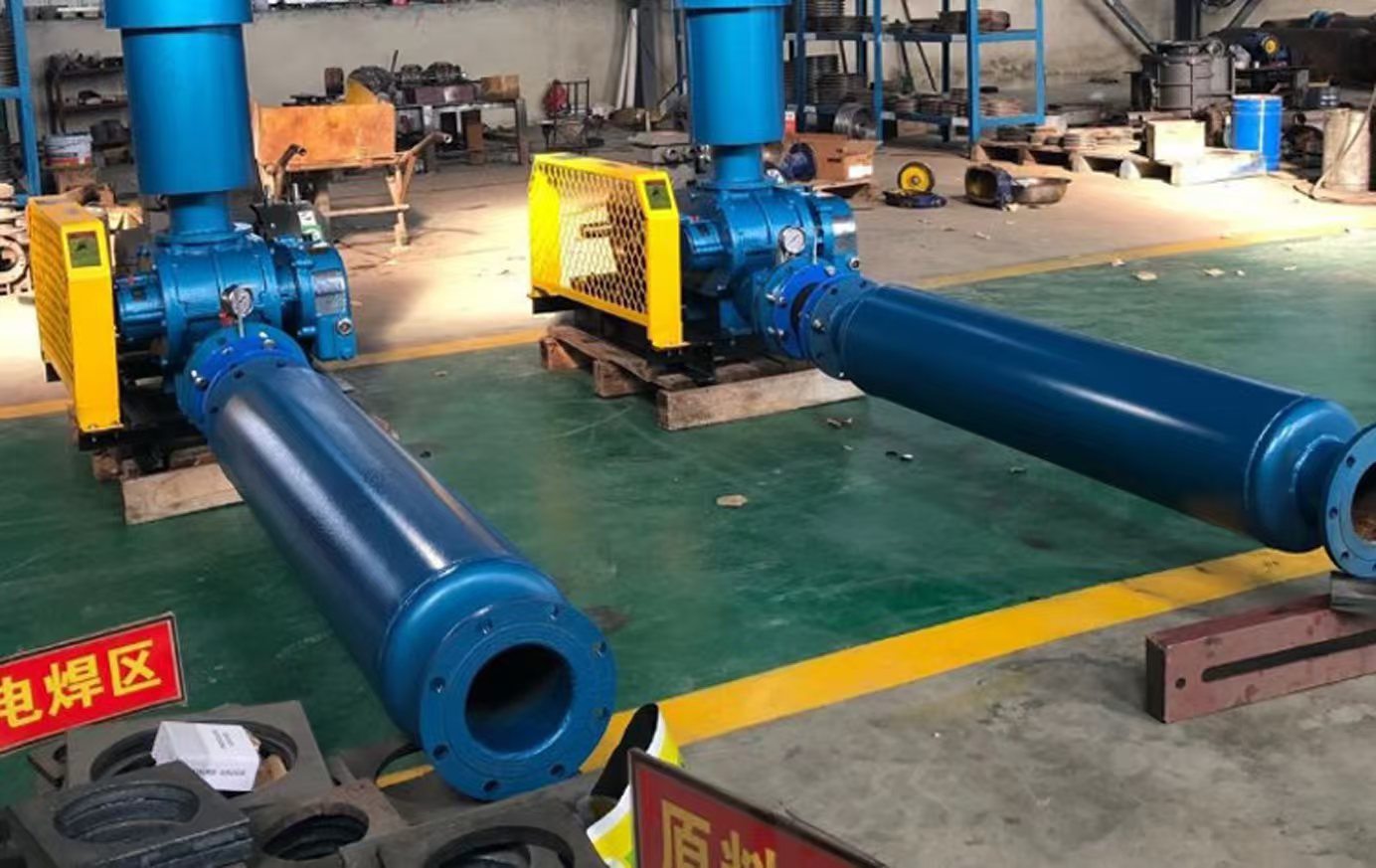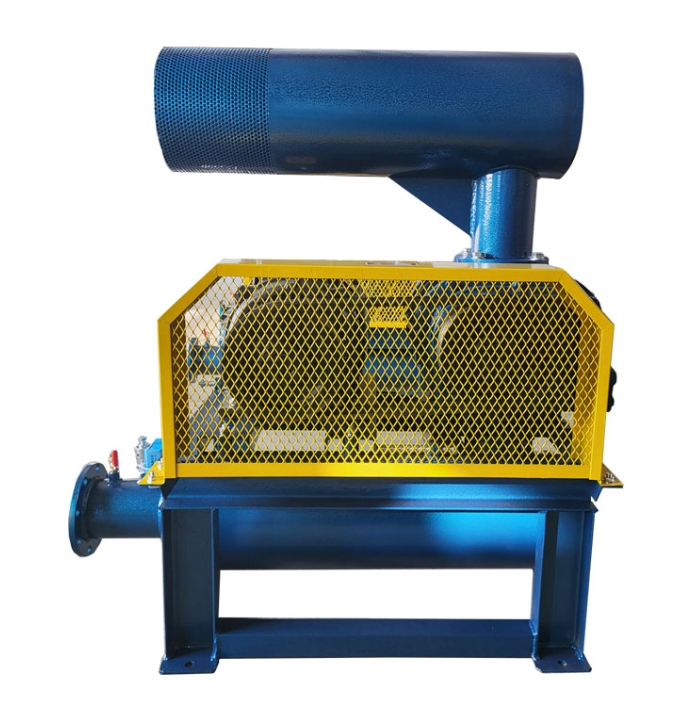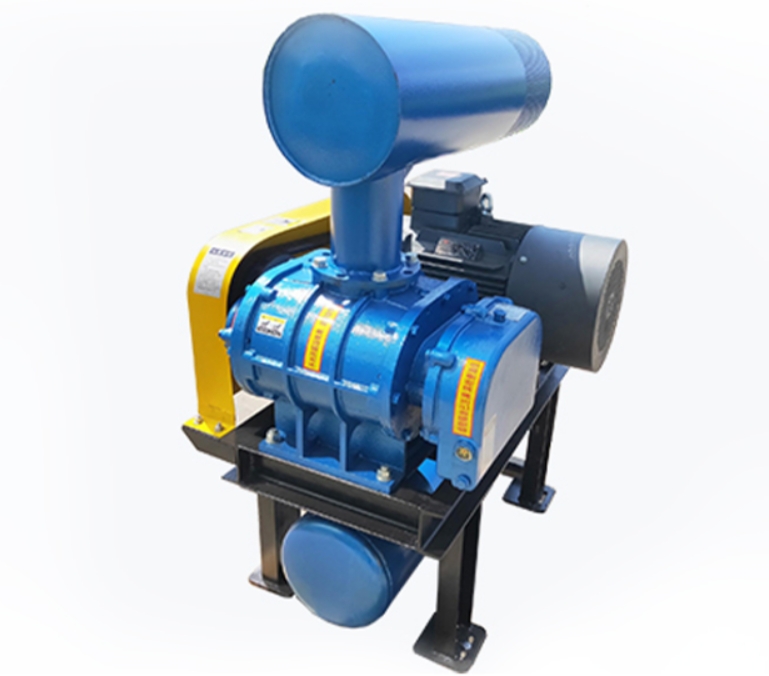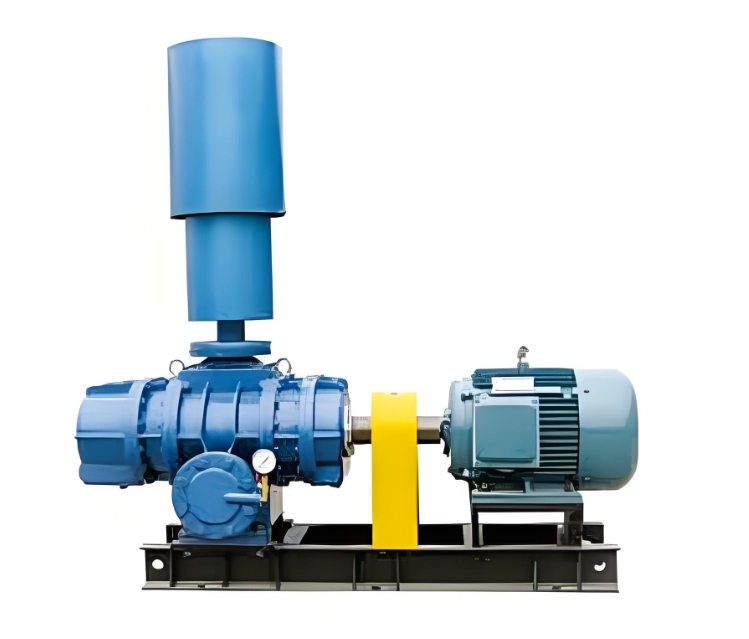The Roots blower mainly consists of the following key components

The Roots blower mainly consists of the following key components:
1. Shell: The shell is the main supporting structure of the Roots blower, which plays a role in fixing and supporting other components such as wall panels, impellers, and mufflers. The design of the casing ensures the sealing inside the fan, thereby ensuring the normal operation of the fan.
2. Wall panel: Wall panels are mainly used to connect the casing and impeller, and support the rotation of the impeller. At the same time, the wall panel also serves as an end face seal to prevent gas leakage.
3. Impeller: The impeller is the rotating part of a Roots blower, which sucks in and exhausts gas through rotational motion. Impellers are usually divided into two types: two bladed and three bladed. However, three bladed impellers have gradually replaced two bladed impellers as the mainstream due to their advantages such as low air flow pulsation, low noise, and smooth operation.
4. Oil tank: The oil tank is mainly used to store lubricating oil, which is used to lubricate gears and bearings, reduce wear and friction, and improve the operating efficiency and service life of the fan.
5. Muffler: Muffler is used to reduce the noise generated by airflow pulsation during the inlet and outlet of Roots blower, and to minimize the impact on the surrounding environment.
In addition, the Roots blower also includes the following auxiliary parts:
1. Motor: The motor is the power source of the Roots blower, which drives the impeller to rotate. The performance and parameters of the motor have a significant impact on the operational efficiency and stability of the fan.
2. Transmission device: The transmission device is used to transmit the power of the motor to the impeller, so that the fan can operate normally. The design of the transmission device needs to consider parameters such as fan speed and torque.
3. Bearings: Roots blowers typically use non-contact magnetic levitation bearing technology, which does not require physical contact and can reduce energy loss and wear, improving the reliability and lifespan of the fan. However, there are also applications of traditional mechanical bearings.
4. Control system: The control system of Roots blower is a key part of the entire blower, mainly composed of sensors, controllers, communication modules, etc. It can achieve real-time monitoring and control of motor speed, air volume, pressure and other parameters.
In summary, the Roots blower is a complex mechanical system, with various parts working together to achieve gas compression and transportation.





